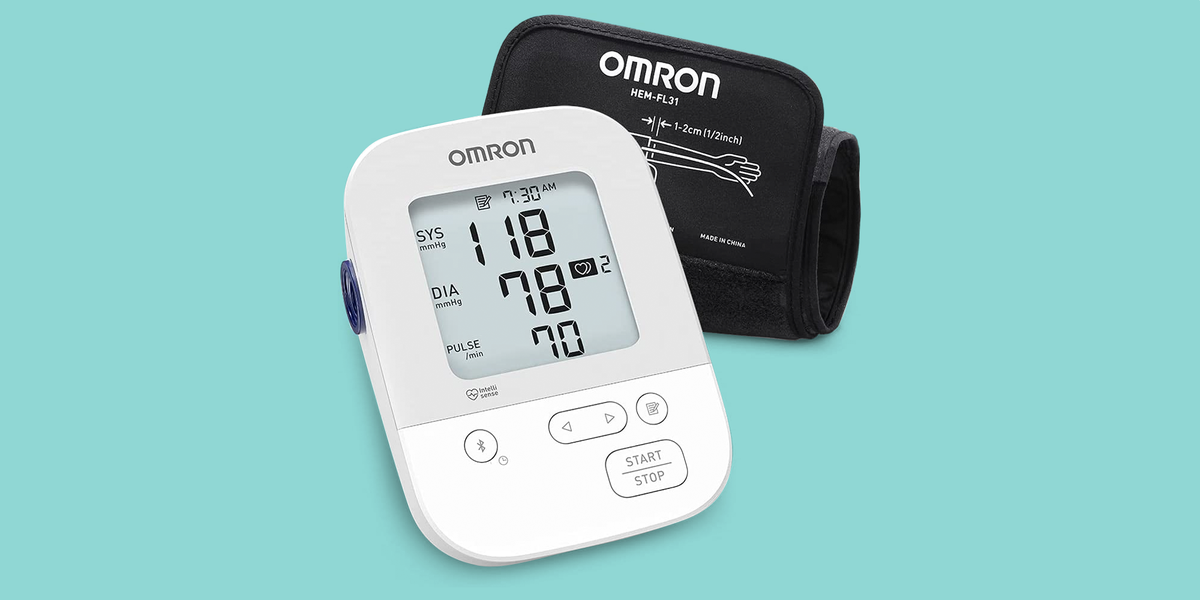Blood
Why You Should Invest in an At-Home Blood Pressure Monitor, According to Cardiologists
There are plenty of great blood pressure monitors that can be used at home beyond the three listed above, so feel free to consider other brands and models during your search, or speak with your doctor for a recommendation. Cardiologists recommend keeping these must-have and nice-to-have features in mind when choosing the best blood pressure monitor for your needs.
Must-have features:
✔️ FDA clearance: If a blood pressure monitor is cleared by the FDA, it will usually say so in the product description. However, if you’re not sure about a particular model, look for it on validatebp.org, a website produced by the American Medical Association that lists some automated blood pressure monitors which have received FDA clearance and presented data to support their accuracy.
✔️ Automated measurements: Automated blood pressure monitors do the inflating and measuring for you while manual ones require a person to inflate the cuff and listen with a stethoscope. “The manual one historically has been the most accurate, but it’s hard to recommend that unless there’s a second person because it becomes a little bit tedious to check that blood pressure by yourself,” says Dr. Aman.
✔️ Upper arm measurements (not wrist or finger): Research shows that at-home blood pressure measurements taken on the wrist or finger are not as accurate as those taken on the upper arm.
✔️ Well-fitting cuff: If the cuff doesn’t fit properly, it can’t provide an accurate measurement. “If you are of thinner build, you need to go for a smaller cuff,” says Dr. Marvel. “If you’re a larger build, you need to go for a larger cuff.” Measure your arm and make sure the blood pressure monitor you’re interested in is appropriate for your size before you buy it.
Nice-to-have features:
- Ability to sync via Bluetooth: “If somebody is technologically advanced, I would say go for one with an app,” says Dr. Aman. “It makes our lives a lot easier when you come to the office and you already have your log with you on your phone.”
- Large display screen if it doesn’t sync: Some monitors have a very small screen to display your results, which can make it difficult to read and write down measurements.

